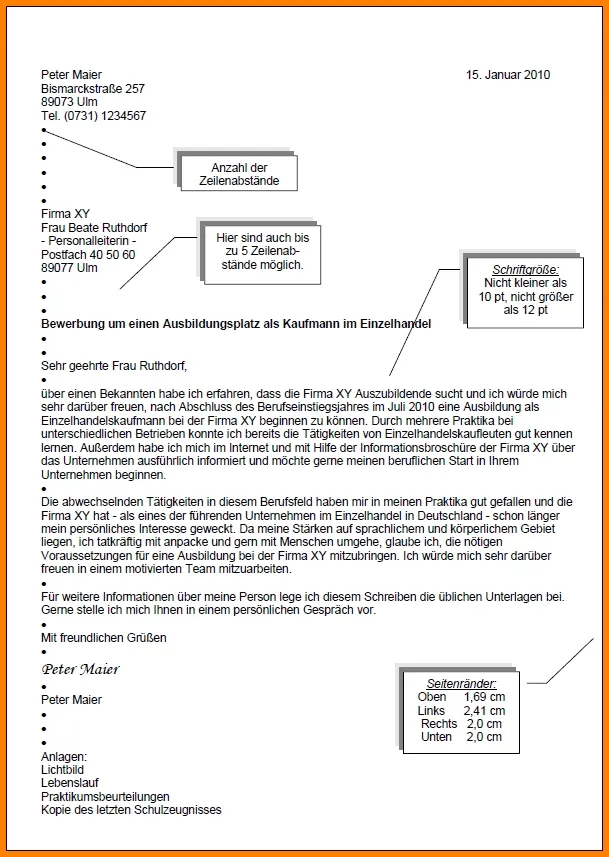Understanding the Germany Cover Letter Format
Navigating the German job market requires a cover letter format that adheres to specific conventions. Unlike the more relaxed approach in some other countries, German cover letters are expected to be formal, structured, and meticulously crafted. Understanding these nuances is crucial for making a positive first impression and increasing your chances of landing an interview. The Germany cover letter format isn’t just about aesthetics; it’s a reflection of your professionalism, attention to detail, and respect for German business culture. Ignoring these requirements can lead to your application being overlooked, regardless of your qualifications. This guide will provide you with the key elements and tips to create a compelling cover letter that resonates with German employers.
Essential Cover Letter Components
A well-structured cover letter in Germany typically includes several key components. Each section serves a specific purpose, contributing to the overall impact of your application. Adhering to this format demonstrates your awareness of German professional standards and helps the reader quickly grasp your suitability for the role. From the address to the closing, precision and clarity are paramount. Let’s delve into the essential components that form the backbone of a successful German cover letter and how to master them.
Address and Salutation
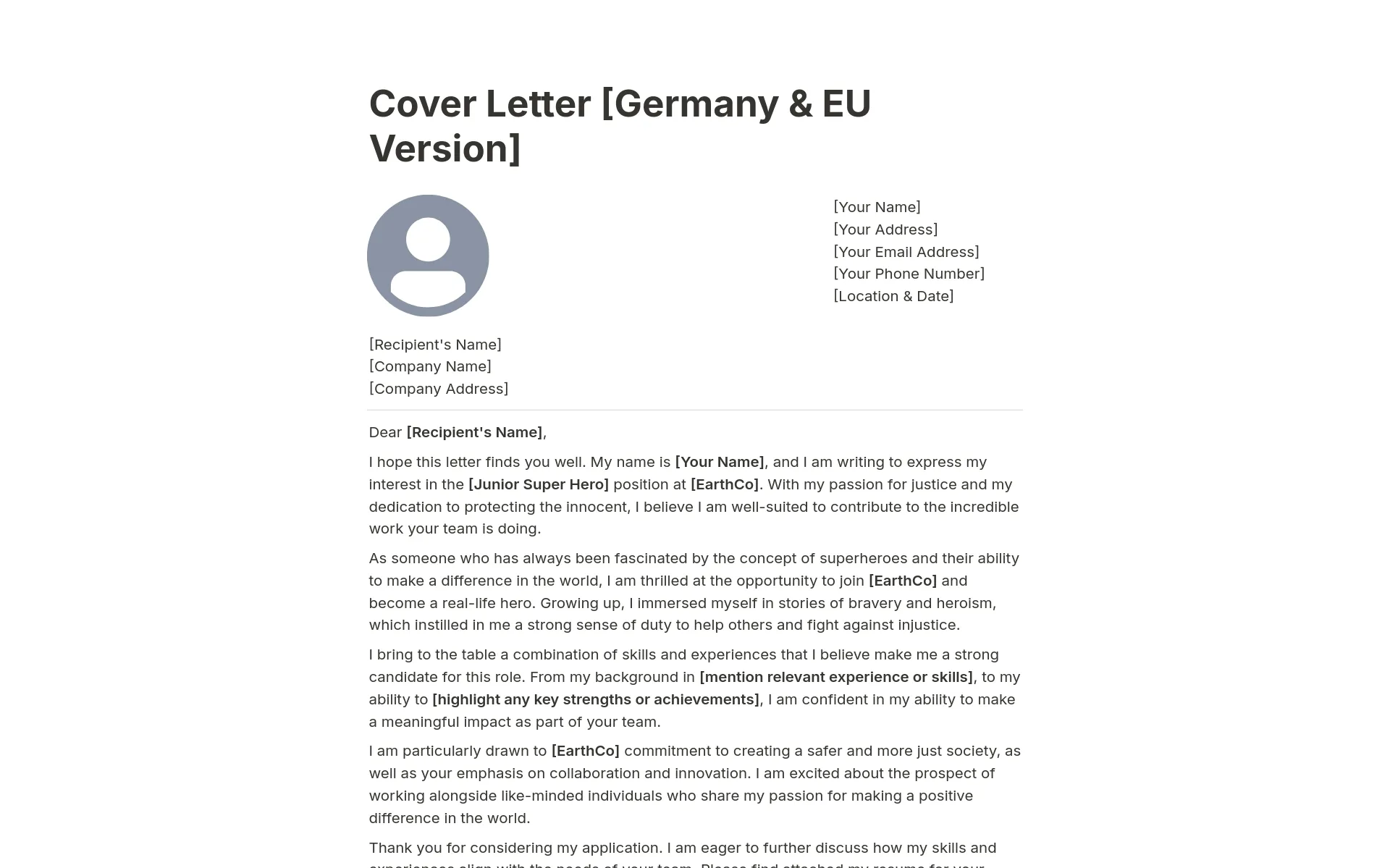
Begin your cover letter with your address and contact information at the top, followed by the recipient’s address. The salutation should be formal; use “Sehr geehrte/r Herr/Frau [Surname]” (Dear Mr./Ms. [Surname]). If you don’t know the specific person’s name, use “Sehr geehrte Damen und Herren” (Dear Sir or Madam), but always try to find the hiring manager’s name to personalize the letter. This personalization shows initiative and attention to detail, qualities valued by German employers. Always double-check the spelling of the recipient’s name.
Content Structure: The Key Sections
The content structure of a German cover letter is paramount. Each section should have a clear purpose and flow logically from one to the next. Aim for brevity and conciseness, focusing on what makes you the best candidate. Avoid unnecessary jargon and ensure your writing is easy to understand. The main sections are introduction and purpose, highlighting skills & experiences, demonstrating company research, and the closing and call to action. Let’s break them down further.
Introduction & Purpose
Start your letter by clearly stating the position you are applying for and how you learned about it. Briefly mention why you are interested in the company. Capture the reader’s attention with a compelling introduction that highlights your key strengths relevant to the role. Be direct and to the point. Avoid generic opening statements. Express your enthusiasm to join the company and state your objective concisely.
Highlighting Skills & Experiences
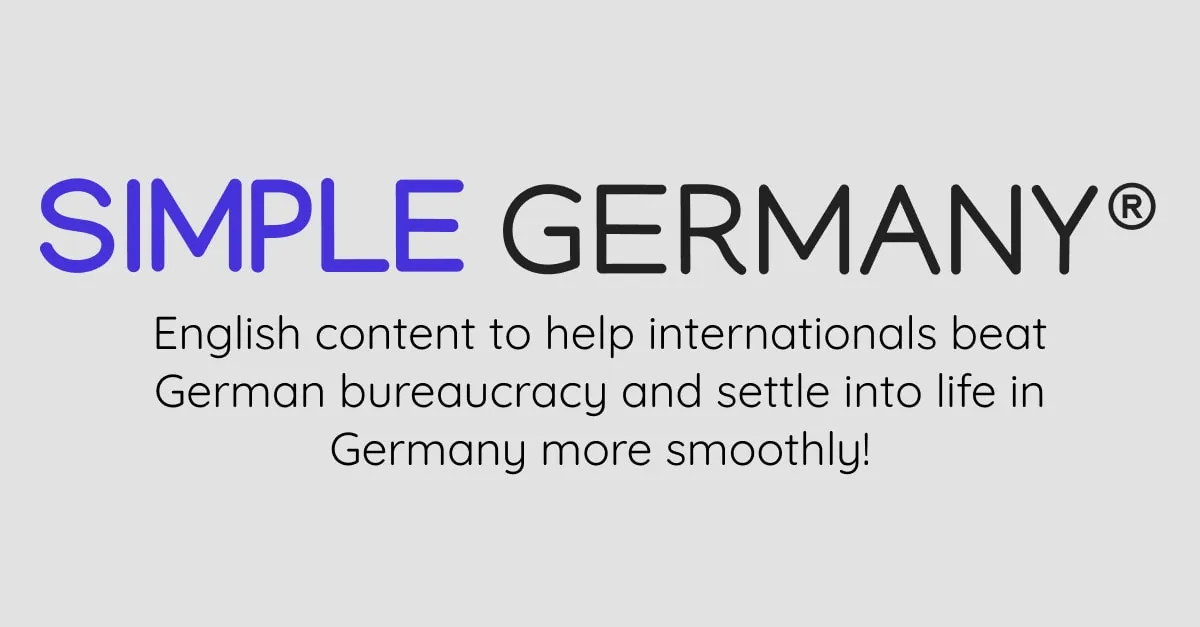
This is the core of your cover letter. Focus on your relevant skills and experiences, aligning them with the job requirements. Provide specific examples that demonstrate your achievements and how you can contribute to the company’s goals. Tailor this section to each job application, highlighting only the most relevant information. Use action verbs to showcase your accomplishments and quantify your results whenever possible. Show how your experience will directly benefit the employer.
Demonstrating Company Research
Show that you’ve researched the company by mentioning specific aspects that resonate with you. This demonstrates genuine interest and shows that you’ve taken the time to understand their business. Mention recent projects, company values, or industry trends that align with your interests and skills. Showing that you understand the company’s mission, vision, and values sets you apart from other applicants.
Closing and Call to Action
End your cover letter by expressing your interest in an interview and thanking the reader for their time and consideration. Include a call to action, such as, “I am very interested in discussing this opportunity further.” Use a formal closing like “Mit freundlichen Grüßen” (Sincerely). Sign your name by hand if submitting a physical copy or provide a digital signature for an electronic one. Reiterate your enthusiasm and express your availability for an interview.
Formatting & Design Best Practices
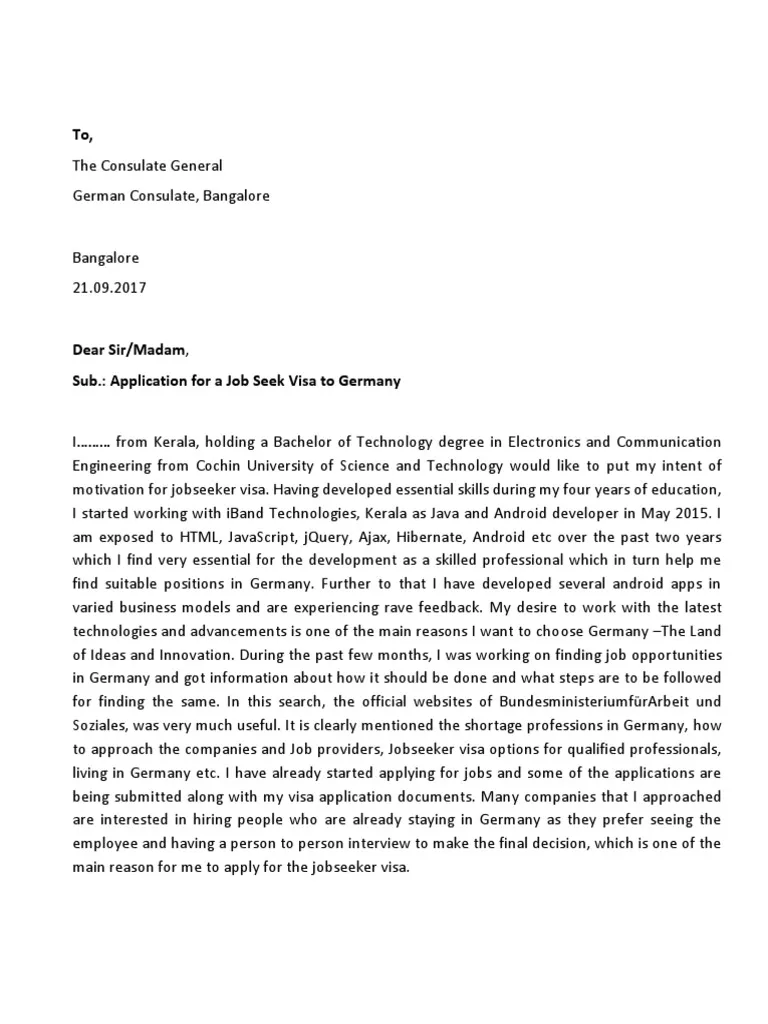
The visual presentation of your cover letter is as important as its content. A clean, professional design reflects your attention to detail. Ensure your formatting is consistent and easy to read. A well-formatted cover letter demonstrates professionalism and respect for the recipient’s time. The formatting adds credibility and ensures that your message is delivered effectively.
Font Choice and Readability
Choose a professional and readable font such as Times New Roman, Arial, or Calibri. Use a font size between 10 and 12 points. Ensure consistent font usage throughout the document. Avoid overly stylized fonts that can distract from the content. Readability is key; make sure your font is easy on the eyes and professional in appearance. Maintain consistency throughout the entire cover letter.
Page Layout and Margins
Use standard margins (around 1 inch or 2.5 cm) on all sides. Left-align your text and use single or 1.15 line spacing. Keep the page layout clean and uncluttered. Avoid excessive use of bolding or underlining. A well-structured layout allows the reader to focus on the content. Proper margins and spacing create a professional appearance.
German Language Considerations
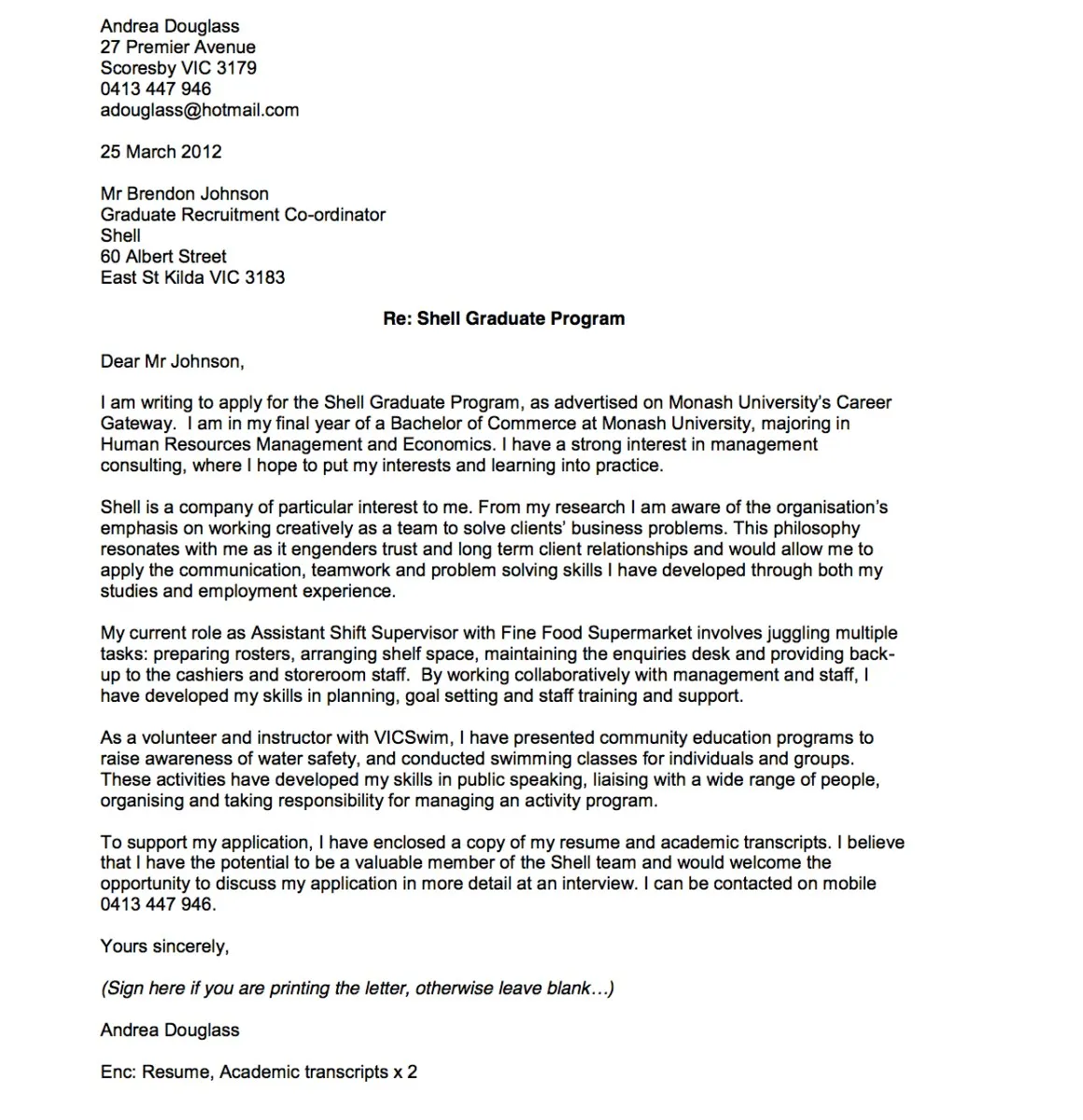
If you are applying for a job in Germany, using the German language in your cover letter is often essential, especially if the job requires German language proficiency. Even for positions where English is the primary language, including some German phrases and formalities can demonstrate your cultural sensitivity. Pay close attention to grammar, spelling, and sentence structure. A professional-looking cover letter in the German language demonstrates respect and enhances your chances of getting a response.
Using Formal Language
German business communication values formality. Use formal language throughout your cover letter. Avoid slang, colloquialisms, and overly casual expressions. Start with a formal salutation. The tone must be professional and respectful. Using formal language will make your letter appropriate for the German job market and demonstrate an understanding of local culture. Using formal language is a reflection of your respect for the company.
Proofreading and Grammar
Thorough proofreading is non-negotiable. Errors in grammar and spelling can make a negative impression. Carefully review your cover letter for any mistakes. Ask a native German speaker or a professional editor to review it if possible. Proofreading is essential. Poor grammar and spelling errors could be a significant factor in your cover letter being discarded. Make sure your cover letter is polished and error-free.
Top 5 Tips for a Winning Cover Letter
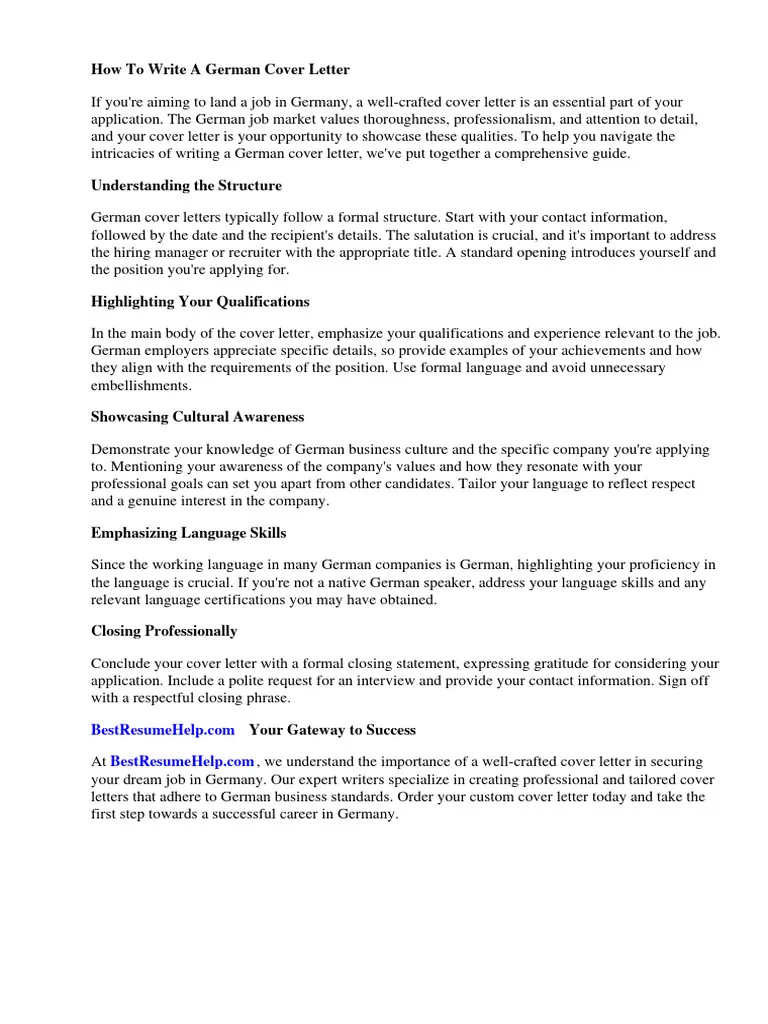
Crafting a winning cover letter requires attention to detail and strategic planning. Here are five key tips to help you create a cover letter that stands out.
Tailor to the Job and Company
Customize your cover letter for each job application. Show how your skills and experiences directly address the specific requirements of the position. Research the company and highlight aspects that align with your career goals. Generic cover letters rarely succeed. Employers can easily tell if you haven’t tailored the application. Customize your letter to show the employer that you are the right fit for the job.
Show, Don’t Tell
Instead of simply stating your skills, provide concrete examples of your accomplishments. Use the STAR method (Situation, Task, Action, Result) to describe your experiences and quantify your achievements. This approach makes your claims more credible. Showcase your achievements using concrete examples. Substantiate what you’re claiming with the STAR method.
Quantify Your Achievements
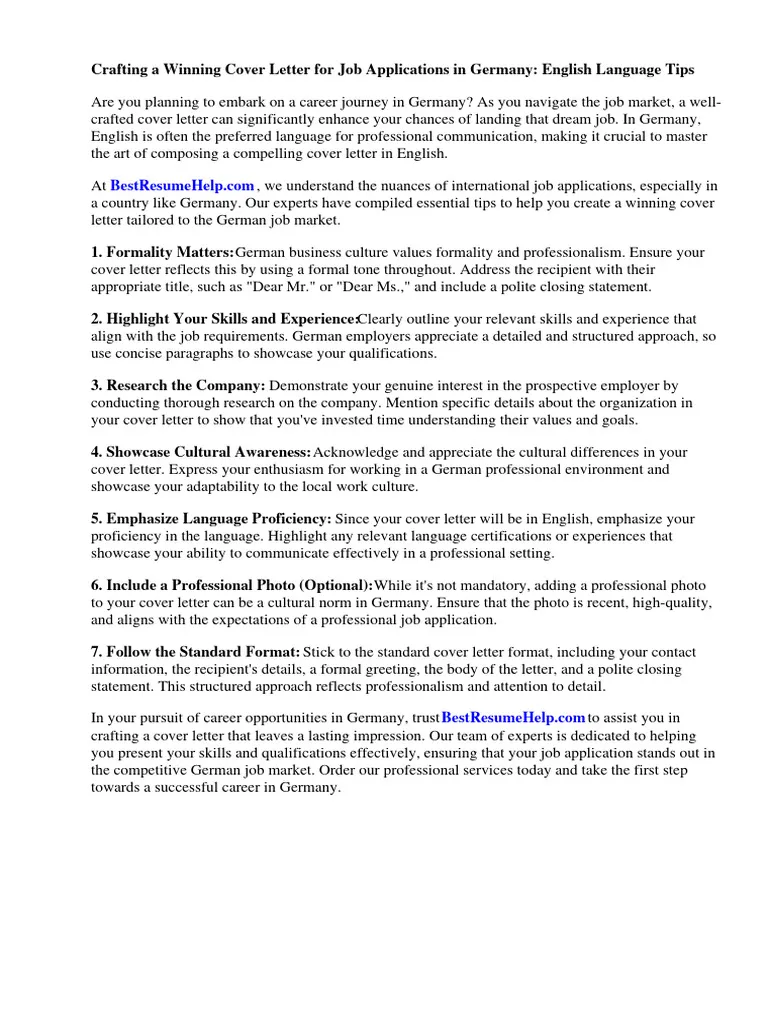
Whenever possible, quantify your achievements with numbers and data. For example, instead of saying “Improved customer satisfaction,” say “Increased customer satisfaction by 15% in six months.” Numbers make your accomplishments more impactful and measurable. Show the outcomes of your actions using quantifiable figures. Using quantifiable figures will make your accomplishments stand out. (See image: quantify-achievements.webp)
Maintain a Professional Tone
Adopt a professional and respectful tone throughout your cover letter. Avoid slang, clichés, and overly casual language. Use formal salutations and closings. Ensure your writing style is clear, concise, and focused. The tone is as important as the content. A professional tone shows respect.
Proofread Meticulously
Proofread your cover letter carefully for any errors in grammar, spelling, and punctuation. Ask a friend or colleague to review it as well. Errors can damage your credibility and undermine your application. Proofreading is critical. A single error can negate all the effort you put into writing a great cover letter.
Following these tips, you can create a cover letter that effectively showcases your skills, experience, and interest, increasing your chances of landing an interview in Germany. Good luck with your applications!
